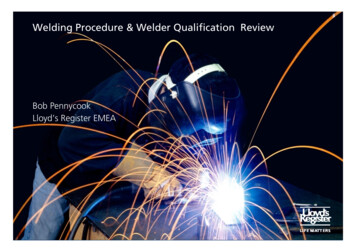
Transcription
Welding Procedure & Welder Qualification ReviewBob PennycookLloyd’s Register EMEA
Overview What is a the purpose of Welding Procedure andWelder Qualification Explanation of Terminology What are the different Codes and Standards How do I use these documents to compile andqualify my procedures How Lloyd’s Register can help
Weld ProceduresQuestionWhat is the main reason for carrying out a Welding Procedure Qualification Test ?AnswerTo show that following a given set of parameters will produce a welded joint that has theproperties that satisfy the design requirements
Welder QualificationQuestionWhat is the main reason for carrying out a Welder Qualification Test?AnswerTo test the ability of a welder to follow verbal or written instructions and verification that the weldproduced meets the required standard
Why We Need Weld Procedure TestingIncorrect preheatand heat input
Terminology WPS - Weld Procedure Specification: PQR - Procedure Qualification Record (ASME) & WPAR - Weld Procedure Approval Record: Qualified instructions on how to complete the weldRecord of the welding parameters and test resultsWelders Qualification Test Certificate & Welders Performance Qualification (ASME) Record of Welder test results and ranges of approval
Terminology Essential Variable: Non Essential Variable A parameter that when changed outside its permitted range requires requalificationA parameter that when changed does not require requalificationSupplementary Essential Variable Is an essential variable only when impact testing is required
Ranges in approvalWeld Procedures Range of approval is limited to materials with similar chemical composition and mechanicalproperties to that used in the PQR. Welding is within a strict range of parameters for the essentialvariables recorded during the PQR test.Welder Qualifications Range of approval is not as restrictive as Procedure testing with fewer essential variables. One welderperformance qualification can cover many WPS’s.
Components of a welding procedureParent materialWelding process Type (Grouping) Type of process (MMA, MAG, TIG, SAW etc) Thickness Equipment parameters Diameter (Pipes) Amps, Volts, Travel speed Surface condition)Welding Consumables Type of consumable/diameter of consumable Brand/classification Heat treatments/ storage
Components of a welding procedureJoint designWelding Position Edge preparation Location, shop or site Root gap, root face Welding position e.g. 1G,2G, 3G etc Jigging and tacking Any weather precaution Type of bakingThermal heat treatments Preheat, temps Post weld heat treatments e.g. stress relieving
TestingTensile SpecimensCTOD SpecimensImpact SpecimensFillet Weld FractureBend TestsNon Destructive ExamVisual- DPI- MPI- RT- UT
Mechanical PropertiesThe amount of deformation which metal can withstand under different modes of force application MalleabilityAbility of a material to withstand deformation under staticcompressive loading without rupture DuctilityAbility of a material undergo plastic deformation understatic tensile loading without rupture. Measurableelongation and reduction in cross section area ToughnessAbility of a material to withstand bending or theapplication of shear stresses by impact loading withoutfracture. Hardness Tensile StrengthMeasurement of a materials surface resistance toindentation from another material by static loadMeasurement of the maximum force required to fracturea materials bar of unit cross-sectional area in tension
TestingTests for required properties Tensile tests (Transverse Welded Joint, All Weld Metal) Toughness testing (Charpy, Izod) Hardness tests (Brinell, Rockwell, Vickers) Bend testing CTOD (Crack Tip Opening Displacement) Corrosion tests, HIC & SOHIC TestsTests for weld quality Macro testing Fillet weld fracture testing Butt weld nick-break testing NDE ( VT,PT,MT,RT,UT)
Codes & Standards
BS EN1011
Organisation, Content and Structure of Section IX of theASME B & PV Code Section IX is structured into 2 Parts: Welding (QW) and Brazing (QB) Each part is subdivided into four articles, namely; General requirements Procedure qualifications Performance qualifications Welding resp. brazing dataAdditionally QW contains one article relating to “Standard Welding Procedure Specifications” (SWPS’s) Appendices detail all the mandatory and non-mandatory requirements
Article IV - Welding DataQW-400 to QW-416 Variables This Section covers all aspects concerning of welding processes Joints, base and filler metal, positions, preheat, post weld heat treatment, gas, electricalcharacteristics and techniqueHowever, do NOT read individual paragraphs on their own but in conjunction with procedure orpersonnel qualification requirements only
QW-403.8A change in base metalthickness beyond therange qualified in QW451, except as otherwisepermitted by QW-202.4(b).
Article IV - Welding DataQW-420 to QW 424 Material groupings Base metals are assigned P-Numbers in table QW / QB – 422 P-Number: Ferrous / Nonferrous material according to base metal specIn order to reduce the number of procedure qualifications, each individual P- Number potentiallycovers a wide variety of materialsQW-430 to QW-433 F – Numbers Grouping of electrodes and other welding consumables Usability characteristics Principal based on grouping similar to P numbers Table QW-432 shows F, ASME (SFA .) and AWS (E .)
Article II - Welding Procedure Specifications - WPS A WPS is a written (qualified) welding procedure prepared to provide direction for the making of productionwelds The completed WPS shall describe all of the essential, nonessential, and, when required, supplementaryessential variables Variables are defined for each process in QW-250 through QW-280 Each variable shall be addressed with facts, e.g. yes, no, none or any other meaningful definition – notapplicable is not acceptableChanges to WPS’s are allowed, however: Changes in essential and supplementary essential variables require requalification and (therefore) a newWPS Changes in nonessential variables can be made without requalification, but do need to be documentedand the WPS must be revised
Article II - Procedure Qualification Record - PQR A PQR is a record of welding data used to weld a test coupon It is a record of actual variables recorded during the welding of the test coupons PQR shall document all essential and, when required, all supplementary essential variables for eachwelding process Nonessential variables may be recorded (optional) All variables are actual values used during welding of the test coupon Changes to a PQR are not permitted as it is a record of what happened during a particular weldingtest, except for editorial corrections and addenda All changes except editorial and those invoked by an Addenda, require re-qualification andrecertification of the PQR
Article III - Welding Performance Qualification Article lists the welding processes with the essential variables that apply to welder and weldingoperator performance qualifications Welder qualification is limited by essential variables given for each process Variables are listed in QW-350 / QW-360 and defined in Article IV Welder may be qualified by mechanical tests or by radiography of a test coupon or of his initialproduction welding Manufacturer is responsible for conducting tests to qualify the performance of a welder inaccordance with a qualified WPS.
European StandardsUnlike ASME Section IX, WPS qualification to BS EN ISO15607 in the EN series is not contained in a singledocument BS EN ISO 15614 Specification and qualification of welding procedures for metallic materials - WeldingProcedure test Part 1:Arc welding of Steels and nickel alloys Part 2: Arc welding of aluminium and its alloys Part 3: Fusion and pressure welding of non-alloyed and low-alloyed cast irons Part 4: Finishing welding of aluminium castings Part 5: Arc welding of titanium, zirconium and their alloys Part 6: Arc and gas welding of copper and its alloys Part 7: Overlay welding Part 8: Welding of tubes to tube-plate joints Part 9: Underwater hyperbaric wet welding Part 10: Hyperbaric dry welding Part 11: Electron and laser beam welding Part 12: Spot, seam and projection welding Part 13: Resistance butt and flash welding
European Standards cont. BS EN ISO 15612: 2004: Specification and qualification of welding procedures for metallic materials Qualification by adoption of a standard welding procedure BS EN ISO 15610: 2003 Specification and qualification of welding procedures for metallic materials Qualification based on tested welding consumables BS EN ISO 15611: 2003: Specification and qualification of welding procedures for metallic materials Qualification based on previous welding experienceAgain , unlike ASME Section IX, Welder qualification in the EN series is not contained in a single document BS EN 287-1:2011 Qualification test of welders - fusion welding - Part 1: steels BS EN ISO 9606-2: 2004: Qualification test of welders - fusion welding. Part 2: Aluminium and Aluminium alloys Part 3:Copper and Copper alloys Part 4:Nickle and Nickel alloys Part 5: Titanium and Titanium alloys BS EN 1418 : 1998 Welding personnel - Approval testing of welding operators for fusion welding andresistance weld setters for fully mechanised and automatic welding of metallic materials
Material GroupingAs with ASME , materials are grouped together in ISO15608 to reduce the number of proceduresrequired. Steel Groups are: Group 1 C-Mn Steels Group 2 Fine Grain/TMCP Steels Group 3 QT or PH (except stainless steels) Group 4 Low Vanadium Cr-Mo Steels Group 5 Vanadium Free Cr -Mo Steels Group 6 High Vanadium Cr-Mo Steels Group 7 Ferritic, Martensitic and PH Stainless Group 8 Austenitic Stainless Group 9 Ni Alloy Steel Group 10 Duplex Stainless Group 11 HSLA Steels
BS EN ISO 15614-1 Main ranges of qualificationSection 8 Range of Qualification: 8.1: General 8.2 Related to manufacturer 8.3: Related to Parent Material 8.4 Common to all Welding Procedures 8.5 Specific to Processes Validity is restricted to workshops and sites under the same technical and quality control. Parent Material : Tables 3 & 4. Thickness: Tables 5 & 6. Diameter: Table 7 Position: All positions (except vertical down) when there are no hardness/ impact test requirements
BS EN 287-1 Qualification test of welders - fusion welding - Part1: steelsCovers: Essential variables and range of qualification Test piece form and size Welding conditions NDE/mechanical tests Acceptance requirements Period of validity and prolongation requirements Retest requirements in case of failure
Any questions
How Lloyd’s Register can help Qualified and experienced Professionals in the field Use of “Expert“ programmes to ensure code compliance (TWI C-Spec) LR Weld Certification Service: Offers a fixed fee “one stop shop” from witnessing thewelding, collecting the samples, NDE & mechanical testing, certification and certificationmanagement
For more information, please contact:Bob PennycookLloyd’s Register EMEA EnergyHiramford Office Village,Siskin Drive,Coventry.CV3 4FJT 44 (0)7711 859531E robert.pennycook@lr.orgw www.lloydsregister.co.ukServices are provided by members of the Lloyd's Register Group.For further information visit www.lloydsregister.co.uk
Article II - Welding Procedure Specifications - WPS A WPS is a written (qualified) welding procedure prepared to provide direction for the making of production welds The completed WPS shall describe all of the essential, nonessenti
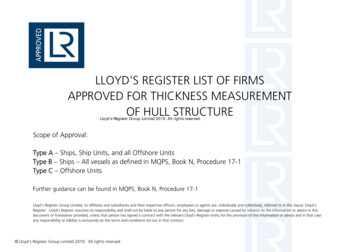
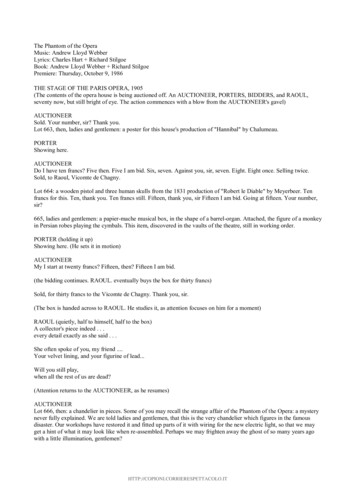
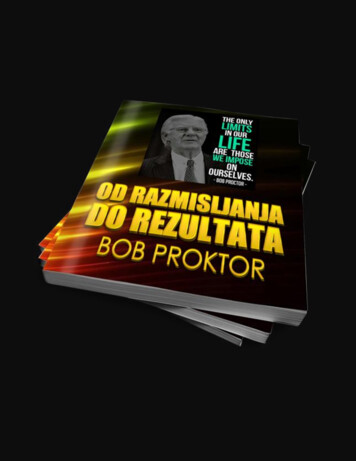
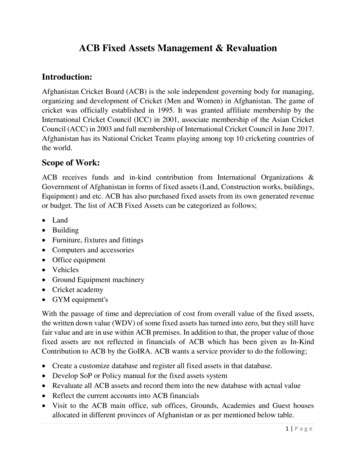
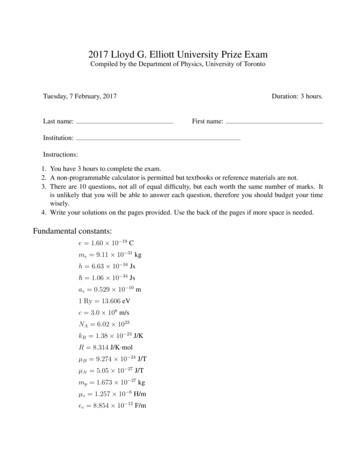
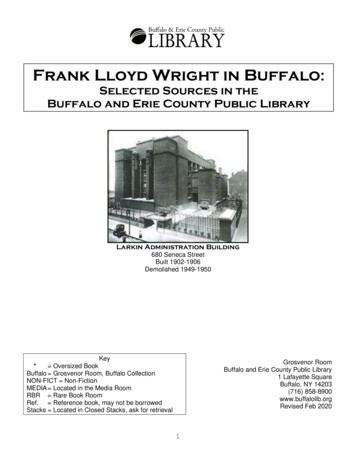
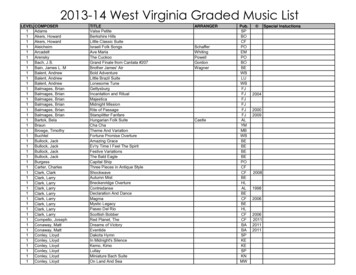
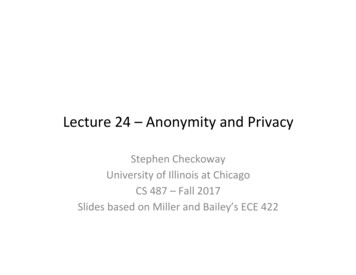
![[EPUB ] The Bob's Burgers Burger Book: Real .](/img/6/the-bob-039-s-burgers-burger-book-real-recipes-for-joke-burgers.jpg)

